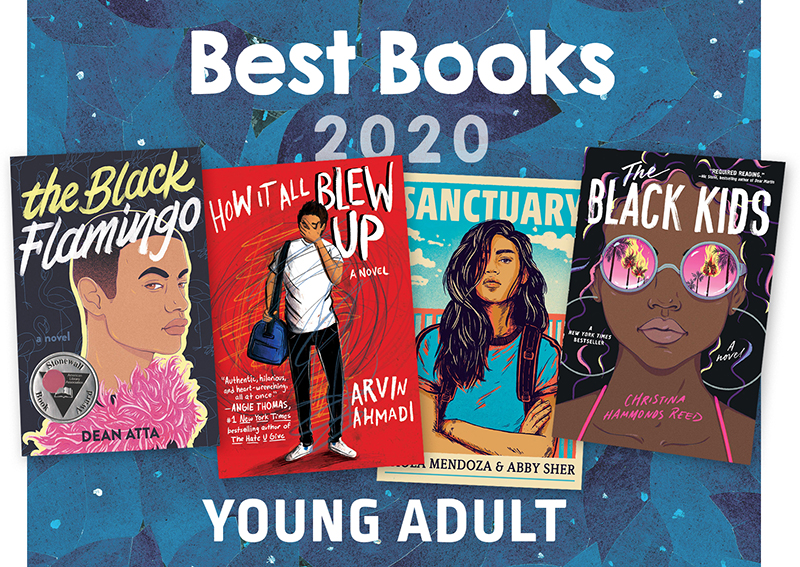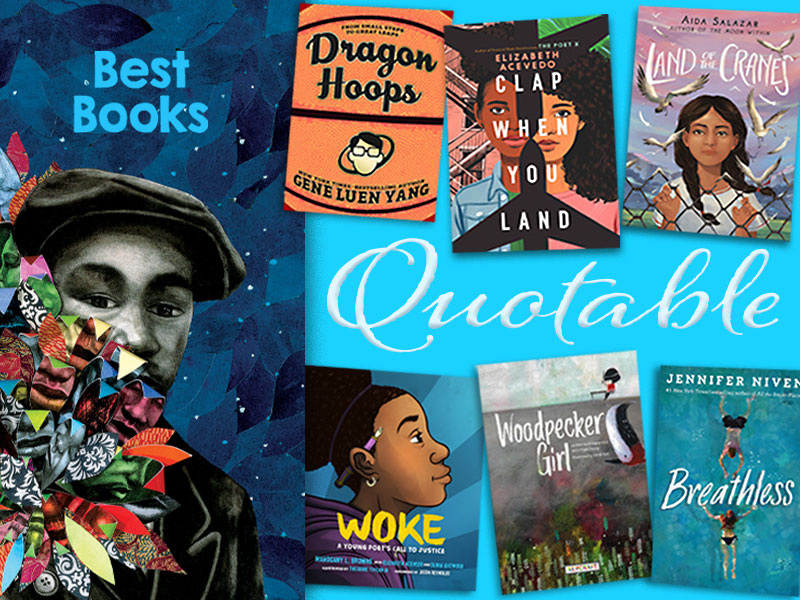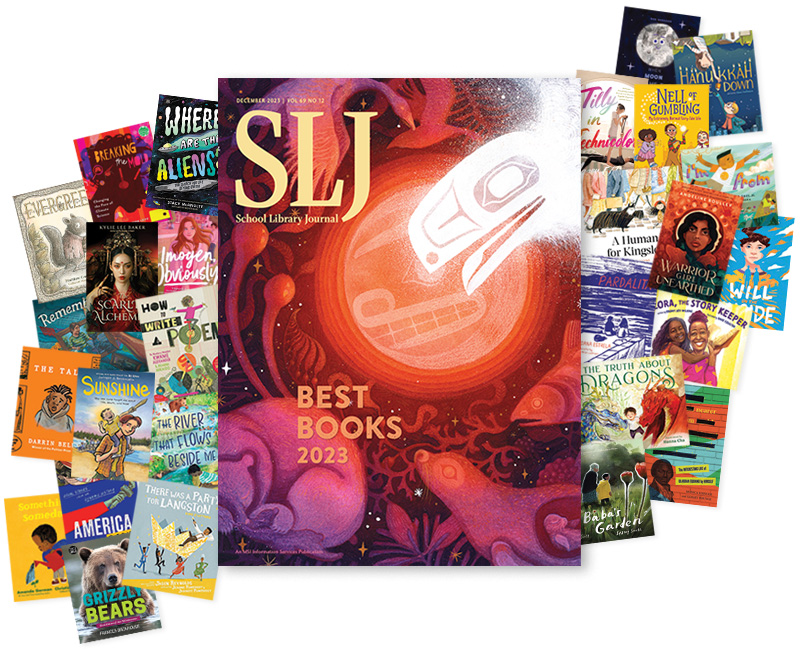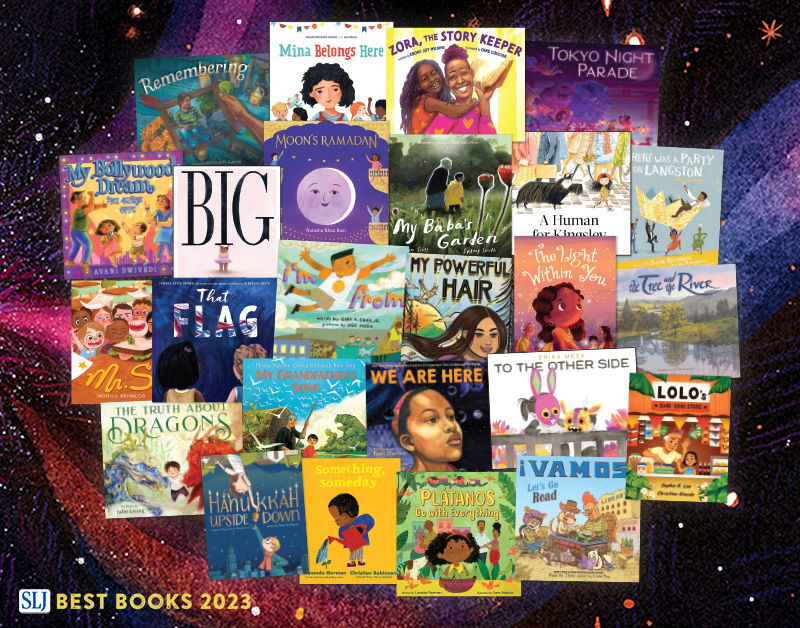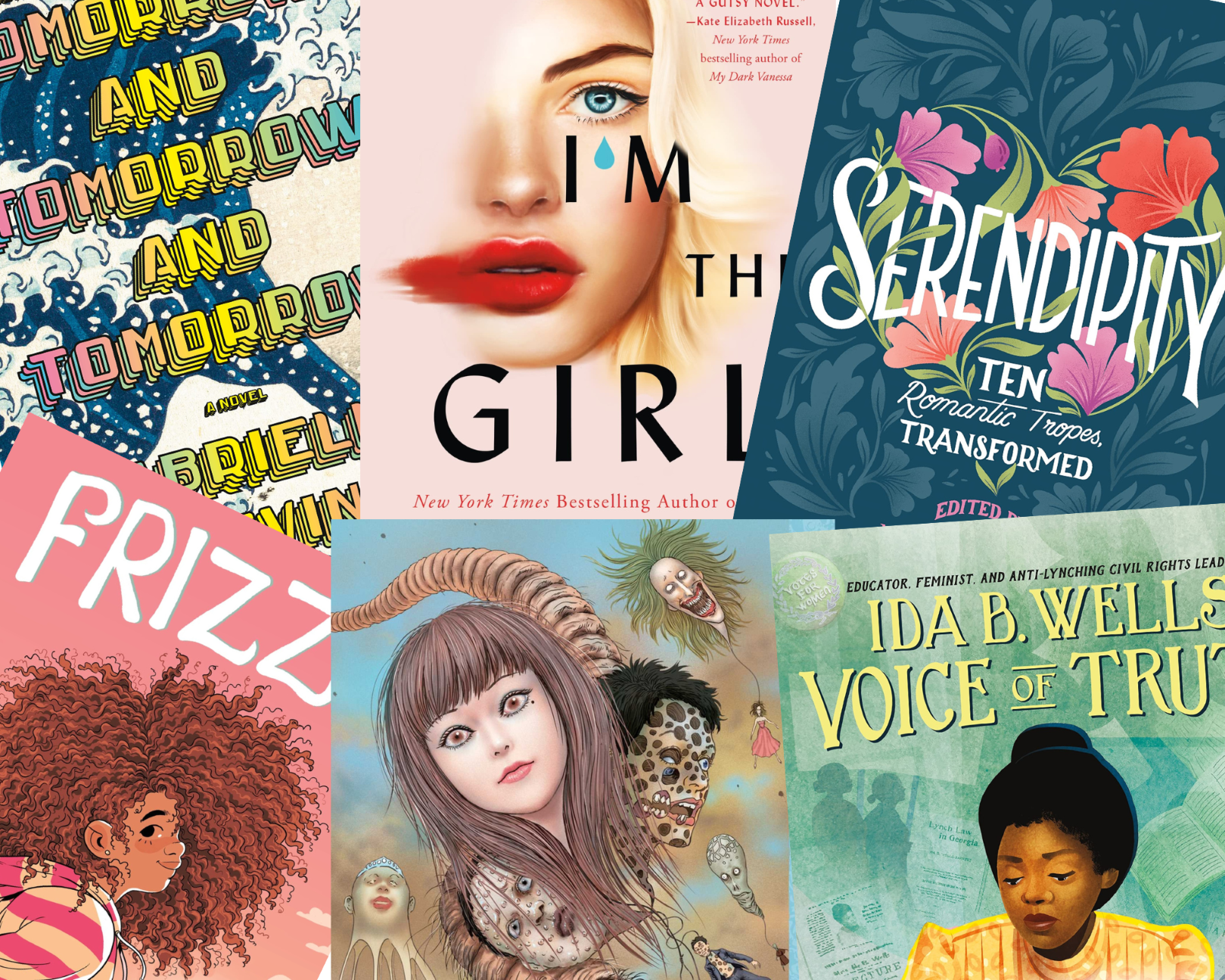Built to Last
Built to Last
Written and Illustrated by David Macaulay
Published by Houghton Mifflin Books for Children, 2010
ISBN # 978-0-547-34240-5
Grades 5 and up
Book Review
As its title implies, deconstructing the construction process of some of history’s most incredible architectural feats is the topic of celebrated author and illustrator David Macaulay’s Built to Last. In this compelling collection, Macaulay combines his Caldecott Honor-winning books, Castle and Cathedral, with a more recent book, Mosque. With new research about each structure and meticulous pen and pencil drawings and diagrams in full color, Macaulay provides a deep understanding of the complex design and function of these majestic buildings. Part narrative, wholly information, each book fuses a fictional tale of the events leading to the construction of each building with the robust, factual details about each stone, beam, and nail that went into it. Additionally, with both artistic and authorial nuance, Macaulay smoothly and sometimes subtly weaves in the tales of the people and towns that support the establishment of the structures as well as stories about how the buildings ultimately affect the livelihoods of the populations in turn. In Castle, a traveling vendor meets a rising drawbridge in response to his arrival; in Cathedral, birds-eye views of the structure’s foundation reveal its true enormity; and in Mosque, the scratches and scars on a craftsman’s hands reveal the hard work and dedication that even went into the creation of decorative calligraphic panels. Students and teachers alike will delight in the hidden humor and illustrative subtext, but more importantly learn a great deal about these wonders of construction.
Teaching Invitations
- “Building” Understanding about Setting. Fictional characters, like real people, spend time in buildings. Often, authors set stories within buildings that play an important role in the story’s events and characters’ development. Share some picture books and novels in which buildings– whether they are houses, schools, places of work, or religious or community centers—play a central role. Have students examine what authors do to highlight the importance of those buildings, even to the point that the structures become characters themselves. For example, in Eve Bunting’s Fly Away Home, a homeless father and son seek shelter in an airport. Other examples include the works of fiction listed in the Further Resources section below. You may even want to pair Built to Last with a novel set in a castle, cathedral, or mosque as a text set to fully explore the novel’s setting.
- Built to Last as Mentor Text – Version A. Like other literary genres, children’s literature continues to evolve in terms of style and form. The three books that make up Built to Last combine elements of nonfiction and fiction, informational text and narrative text. Guide students through a close study of the text to learn how Macaulay crafts his writing to blend these elements effectively. Then have students try it in their own writing, especially when writing for social studies, science, and other content areas.
- Built to Last as Mentor Text – Version B. Many children and adults are fascinated by buildings and architecture. Using Built to Last as a model for exploring the design, construction, and function of structures, encourage students to create their own books about a building, monument, or historical landmark that fascinates them. They may want to visit local structures, interview architects and construction workers, or conduct much of their research online. National Geographic (http://www.nationalgeographic.com and Architecture for Children (http://www.archkidecture.org) are particularly useful websites for this project.
- Castles, Cathedrals, and Mosques in Modern Times. Many examples of the magnificent structures depicted in Built to Last still exist today. Like other longstanding buildings, though, some of their purposes have changed with time. Have students search for and study the castles, cathedrals, and mosques around the world that are still functioning in some capacity today. How have these buildings been affected by modern inventions and lifestyles? What changes in construction materials, tools, trends, and laws have occurred throughout time? How do modern castles, cathedrals, and mosques compare with the examples in Built to Last? As part of an interdisciplinary unit, have students work in groups to design models of one of these buildings for contemporary societies, write informational material for it, and explain where they would build it and why.
Critical Literacy
- Social and Ecological Impact of Development. Building structures of architectural grandeur can take a toll on local communities and natural resources. Have students research how castles, cathedrals, and mosques affected the people and land near them as they were being constructed. The controversial proposal about the “Ground Zero Mosque” can be a starting example for this activity. Encourage students to investigate local land development and building projects to determine the social and ecological impact they may have. What they discover may spur them to write letters, organize rallies, and take other political action toward greater social justice and ecological sustainability.
Further Explorations
ADVERTISEMENT
ADVERTISEMENT
Online Resources
David Macaulay’s website
http://www.davidmacaulay.com
Castles of the World
http://www.castles.org
National Geographic’s Castles Quiz
http://travel.nationalgeographic.com/travel/quizzes/castles-traveler
Building the Great Cathedrals
http://www.pbs.org/wgbh/nova/ancient/building-gothic-cathedrals.html
National Geographic’s Gallery of Cathedral Photos
http://travel.nationalgeographic.com/travel/countries/cathedral-photos
Medieval Cathedrals
http://www.historyforkids.org/learn/medieval/architecture/cathedral.htm
Mosques
http://www.historyforkids.org/learn/islam/architecture/mosque.htm
Architecture for Children
http://www.archkidecture.org
Books
Biesty, S. (1994). Castle: Steven Biesty’s cross sections. DK Children.
- This meticulously descriptive and illustrated book provides entertaining, oversized cutaway views of various areas and daily events within a 14th-century castle.
Curlee, L. (2001). Brooklyn Bridge. New York: Atheneum.
- Filled with detailed diagrams and a compelling narrative, this Sibert Honor book celebrates the engineering success that connects Manhattan with Brooklyn.
Curlee, L. (2007). Skyscraper. New York: Atheneum.
- With striking illustrations, this book traces the engineering, architectural, social, and history of skyscrapers.
Jungman, A. (2004). The most magnificent mosque. London: Frances Lincoln Children’s Books.
- This fictional picture book tells the story of three boys who are required to pay for some mischievous acts by working in a mosque and who develop a special appreciation for the building.
Laroche, G. (2009). What’s inside?: Fascinating structures around the world. Boston: Houghton Mifflin Books for Children.
- A beautiful interactive and illustrated book examining the interior and exterior details of 14 famous structures across the world, from King Tut’s tomb to the Sydney Opera House.
Osbourne, W., & Osbourne, M. P. (2000). Knights and castles [Magic treehouse research guide #2]. New York: Random House.
- The second book in the research companion guides to the Magic Treehouse series, this nonfiction book explores medieval life and structures.
Sorenson, M. (2006). Ambrose and the cathedral dream. Collegeville, MN: Liturgical Press.
- A delightful picture book about a young daydreaming mouse who dreams of helping his family build a cathedral by turning somersaults to keep the builders awake.
Filed under: Nonfiction Chapter Books
About Grace Enriquez
Grace is an associate professor of language and literacy at Lesley University. A former English Language Arts teacher, reading specialist, and literacy consultant, she teaches and writes about children’s literature, critical literacies, and literacies and embodiment. Grace is co-author of The Reading Turn-Around and co-editor of Literacies, Learning, and the Body.
ADVERTISEMENT
ADVERTISEMENT
SLJ Blog Network
The Moral Dilemma of THE MONSTER AT THE END OF THIS BOOK
Cover Reveal and Q&A: The One and Only Googoosh with Azadeh Westergaard
K is in Trouble | Review
Fighting Public School Book Bans with the Civil Rights Act
ADVERTISEMENT




